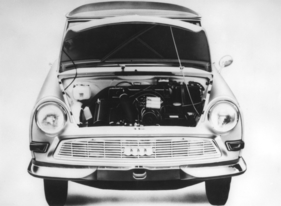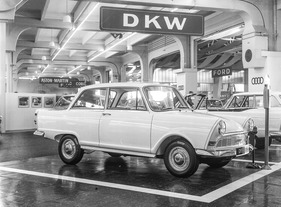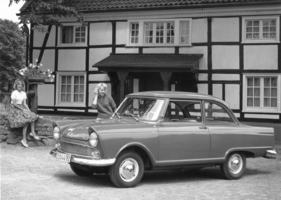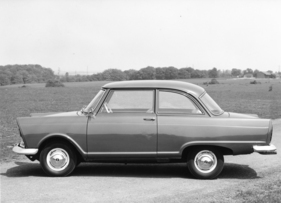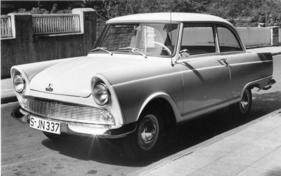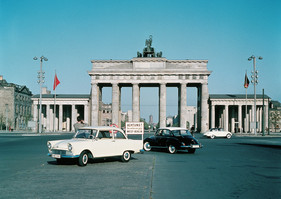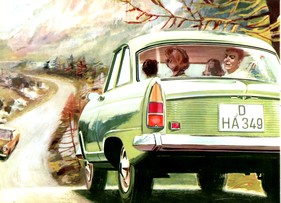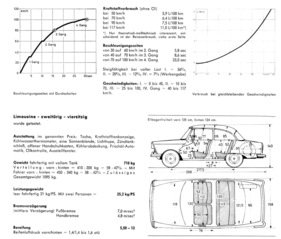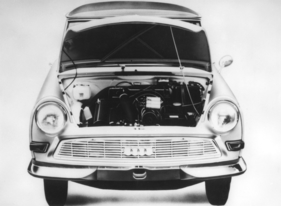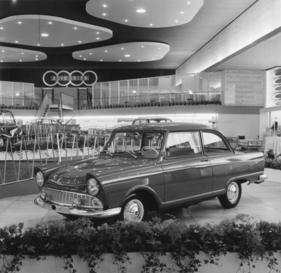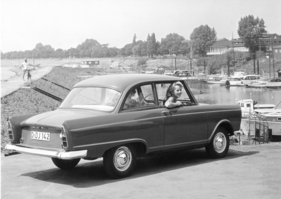Nimble, spacious and safe - DKW Junior de Luxe (historical test)
Summary
At the beginning of the sixties, the DKW Junior had successfully fought for its place in the car market. But the competition did not sleep. DKW responded with the Junior de Luxe, which, with a displacement increase of 50 cm3, could do almost everything better than the "normal" Junior, which continued to be built initially. At least that was the opinion of engineer Bartsch in his test in the Motor Rundschau in 1962, formulated as always soberly and factually. This report reproduces the original wording of the "major test" at the time and shows the Junior and Junior de Luxe in many historical illustrations, as well as in two sales brochures of the time.
This article contains the following chapters
- Individual engine rating
- Individual assessment Transmission
- Individual suspension rating
- Individual assessment of road holding
- Individual assessment of brakes
- Individual assessment of equipment
- Our special wishes
- Brief profile - short and sweet
- Measurement results
- Costs/economy
Estimated reading time: 9min
Preview (beginning of the article)
When the "Junior" appeared on the market, it filled the gap between small cars and the "lower" middle class, which was primarily filled by the Volkswagen, but also by the Ford 12 M, the AU 1000, Fiat 1100, etc. As the Junior not only looked like a DKW of this size, but was also disproportionately spacious and its driving performance - top speed and acceleration, very good road holding - put it well ahead of the aforementioned cars, it quickly became very popular. However, it was foreseeable that it would soon be joined by other serious competitors - not only in Germany. It therefore came as no surprise when Auto Union presented an improved Junior, the Junior de Luxe, at the 1961 Frankfurt Motor Show, obviously in an effort to one day replace the Junior with the de Luxe. Nor was it surprising that the engine capacity was increased from the less tax-efficient 750 cc to 800 cc, albeit while retaining the maximum output of 34 hp, which "incidentally" resulted in a reduction of the rated speed by around 300 rpm. It was also possible to reduce the compression ratio of the Junior from 8 to 7.1 (average value).
Continue reading this article for free?
Photos of this article




